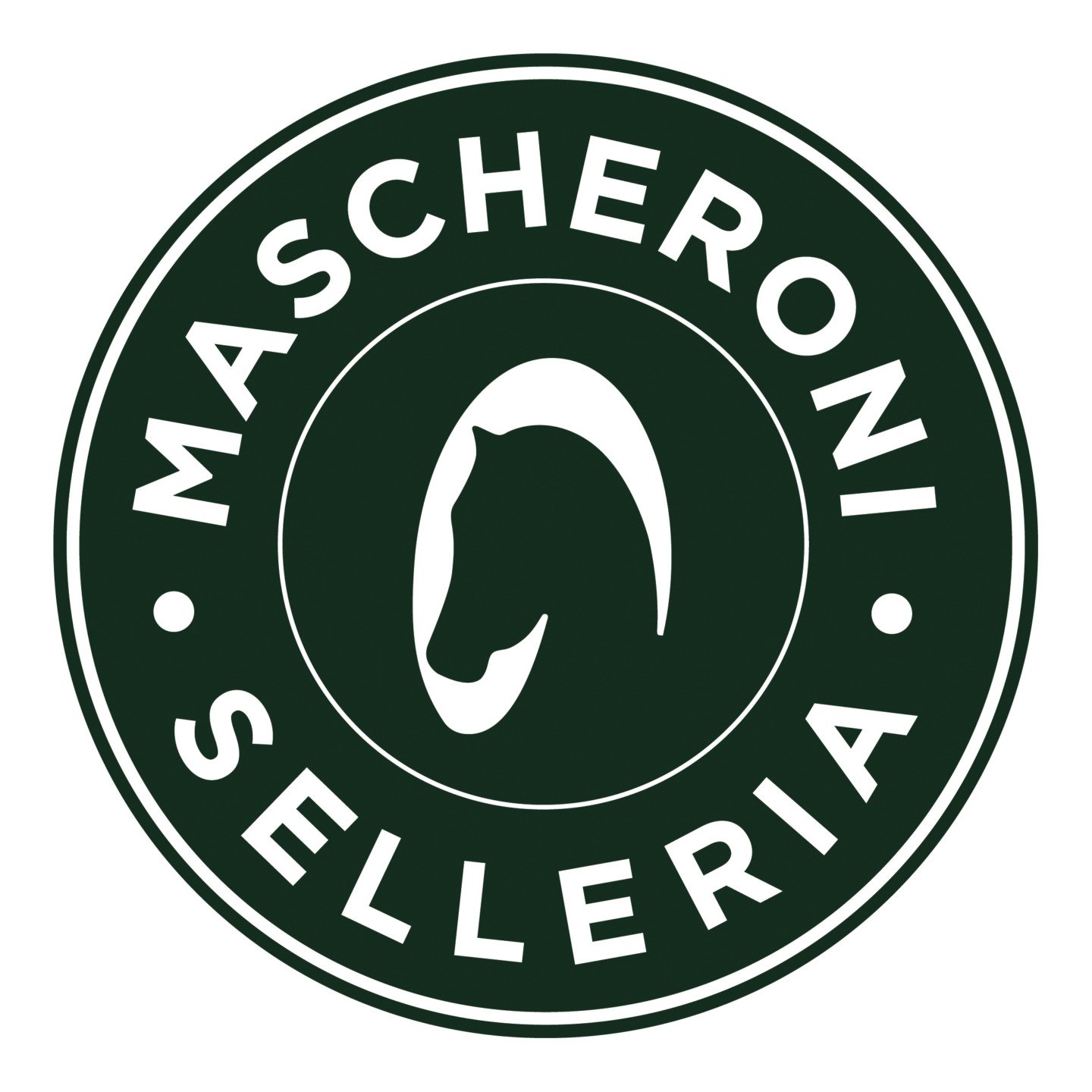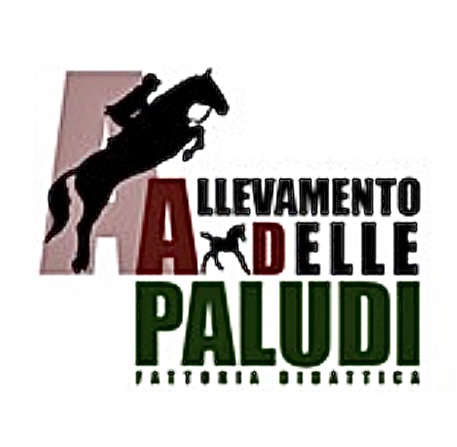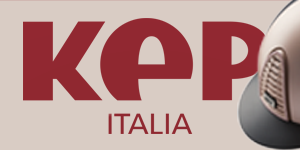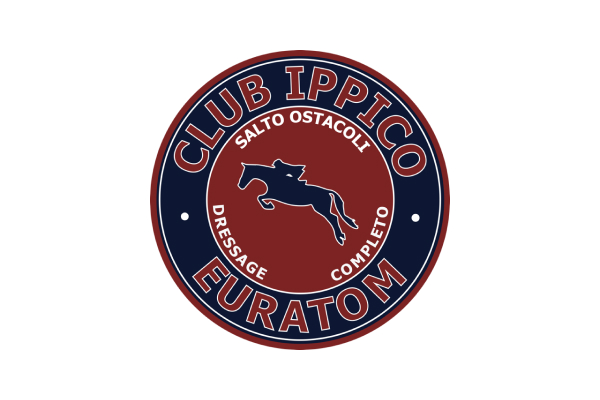Horse Anatomy: the foot
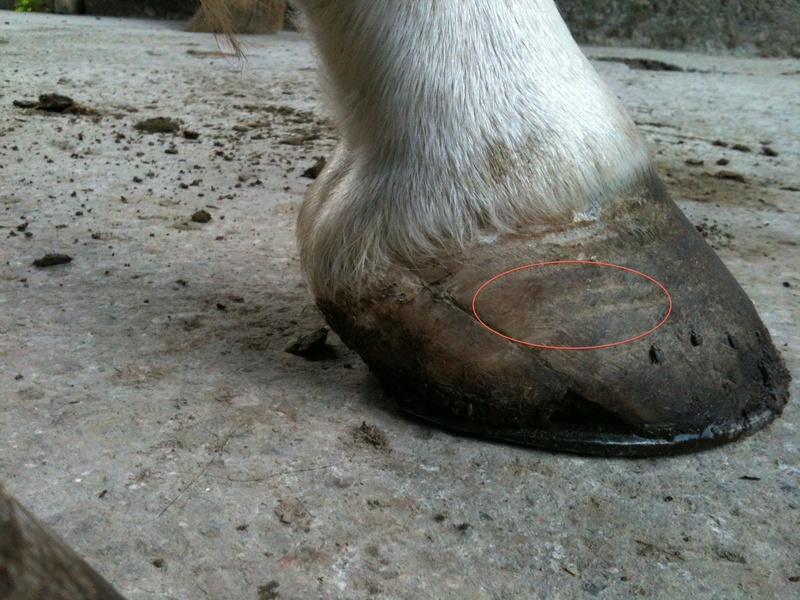
In this next edition of our in depth analysis on horse anatomy, we will focus on the foot.
The foot, or better known as the hoof, is cone shaped and covered by an outer surface known as the wall which is harder at the bottom and softer and more elastic at the top. The base of the foot is oval in shape.
The wall acts as a protective shield for the internal hoof tissues. It is divided into three layers: pigmented layer, water line and white line. The white line is the meeting point between the hoof wall and sole.
The wall must be smooth, without bristles and mustn’t be affected by damp conditions.To maintain the condition and resilience during periods of high humidity, the wall needs to be made water-proof. In dry conditions on the other hand, the foot needs to be wet and then greased so as to prevent the loss of moisture through heat.
The cause of the bristles is mainly down to the fragility of the nail which lacks elasticity. The damage to the nail only affects the outer layer of the nail but in more severe cases leads to more damaging cracks in the nail. The application of ointments on the nail as well as surgical interventions on the infected parts can help rebuild the nail and avoid the recurrence of problems.
The identification and knowledge of the above issues will significantly reduce these injuries. Another important aspect for a healthy foot comes from the correct footwear, as tight shoes cause constriction of the hoof.
Finally, the alignment of the wall from the tip to the coronary band should be approximately 40°. The angle of the heel compared to the inclination of the tip must be less than about six tenths whereas the tip of the wall should be central to the base of the foot.





